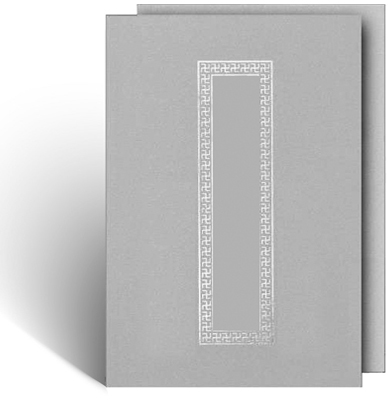

The Titles of The Taisho Tripitaka
The Taishō Tripiṭaka (Chinese: 大正新脩大藏經; pinyin: Dàzhèng Xīnxīu Dàzàngjīng; Japanese: Taishō Shinshū Daizōkyō; lit. “Taishō Revised Tripiṭaka”) is a definitive edition of the Chinese Buddhist canon and its Japanese commentaries used by scholars in the 20th century. It was edited by Takakusu Junjiro and others. The name is abbreviated as “大正藏” in Chinese (Dàzhèngzàng) and Japanese (Taishōzō).

Sanskrit Canon: 阿含部 | Āgama | Bộ A Hàm | T.001 – T.0151
These sutras correspond to the first four Nikāyas (and parts of the fifth) of the Sutta-Pitaka of the Pali Canon, which are also occasionally called āgamas.

Sanskrit Canon: 本緣部 | Jātaka | Bộ Bản Duyên | T.0152 – T.0219
A collection of 550 stories of the former lives of the Buddha Gotama, one of the twelve divisions of the Buddhist teaching.

Sanskrit Canon: 般若部 | Prajñāpāramitā | Bộ Bát Nhã | T.0220 – T.0261
The wisdom which enables one to reach the other shore, i.e. wisdom for salvation; the highest of the six paramitas, the virtue of wisdom as the principal means of attaining nirvana. It connotes a knowledge of the illusory character of everything earthly, and destroys error, ignorance, prejudice, and heresy.

Sanskrit Canon: 法華部 | Saddharma Puṇḍarīka | Bộ Pháp Hoa | T.0262 – T.0277
The earliest known Sanskrit title for the sutra is the Saddharma Pundarika Sutra, which translates to “the Lotus Flower Formula (or Rule) of Good Dharma.” The Lotus Sutra is one of the most popular and influential Mahayana sutras, and the basis on which several schools of Buddhism were established.

Sanskrit Canon: 華嚴部 | Avataṃsaka | Bộ Hoa Nghiêm | T.0278 – T.0309
The Avataṃsaka Sūtra (IAST, Sanskrit: आवतंसक सूत्र); or the Mahāvaipulya Buddhāvataṃsaka Sūtra (Sanskrit: महावैपुल्य बुद्धावतंसक सूत्र), is one of the most influential Mahāyāna sutras of East Asian Buddhism. The title is rendered in English as Flower Garland Sutra, Flower Adornment Sutra, or Flower Ornament Scripture.

Sanskrit Canon: 寶積部 | Ratnakūṭa | Bộ Bảo Tích | T.0310 – T.0373
Ratnakūṭa (रत्नकूट) is the name of an island to which Śaktideva and Satyavrata traveled to according to the “story of the golden city”, according to the Kathāsaritsāgara, chapter 26. Accordingly, Satyavrata said: “… there is a fair isle in the middle of the sea named Ratnakūṭa, and in it there is a temple of the adorable Viṣṇu founded by the Ocean, and on the twelfth day of the white fortnight of Āṣāḍha there is a festival there, with a procession, and people come there diligently from all the islands to offer worship. It is possible that someone there might know about the Golden City”.

Sanskrit Canon: 單譯經 | Parinirvāṇa | Bộ Niết Bàn | T.0374 – T.0396
In Buddhism, parinirvana is commonly used to refer to nirvana-after-death, which occurs upon the death of someone who has attained nirvana during his or her lifetime. It implies a release from the Saṃsāra, karma and rebirth as well as the dissolution of the skandhas

Sanskrit Canon: 大集部 | Mahāsannipāta | Bộ Đại Tập | T.0397 – T.0424
mahāsannipāta: mahāsannipāta(pu) မဟာသန္နိပါတ(ပု) mahanta+sannipāta] [မဟန္တ+သန္နိပါတ]

Sanskrit Canon: 集義論 | Collected Sūtras | Bộ Kinh Tập | T.0425 – T.0847
0425, Hiền Kiếp Kinh, 8 quyển, [ Tây Tấn Trúc Pháp Hộ dịch ] The Worthy Kalpa Sutra 賢劫經[西晉 竺法護譯…
